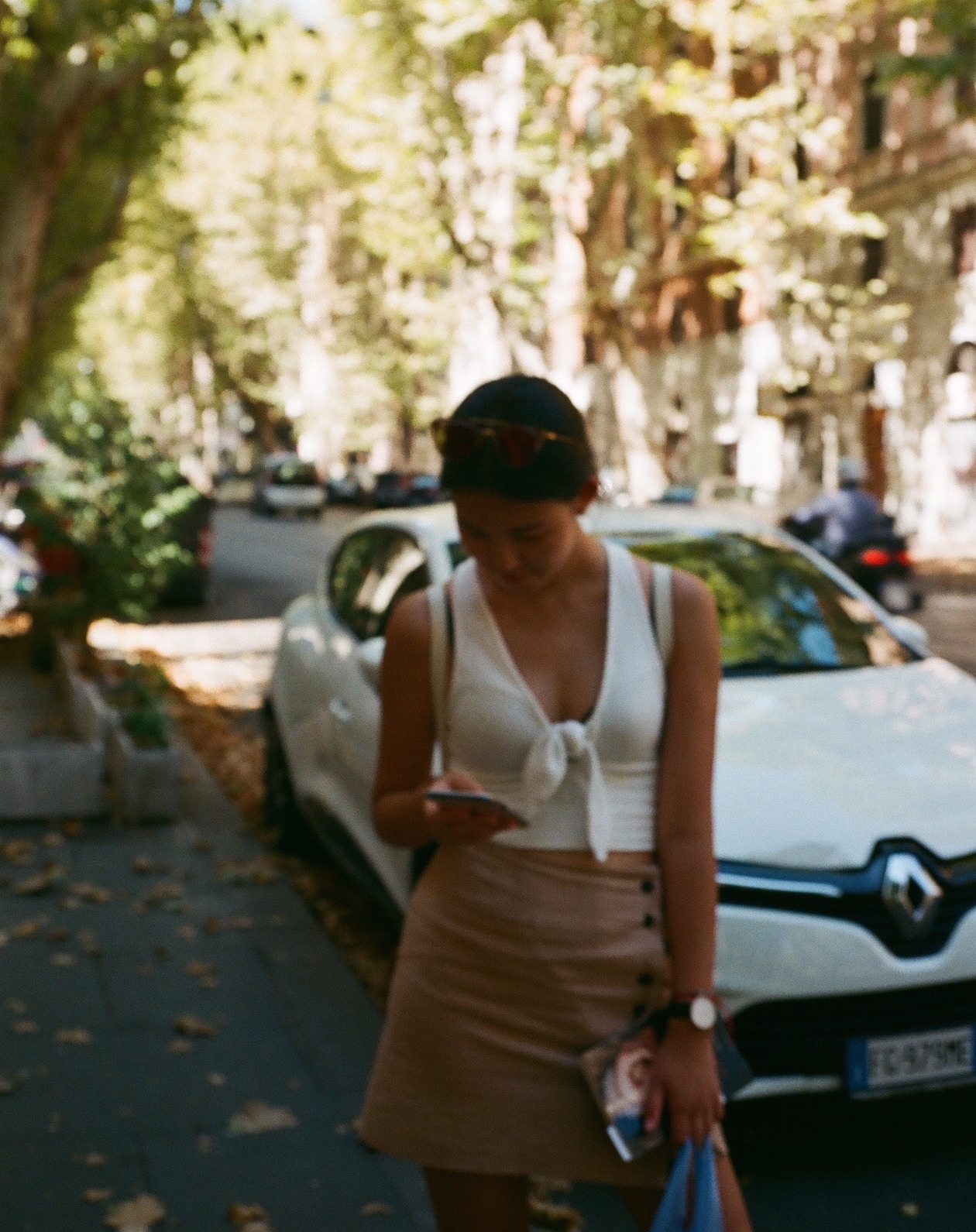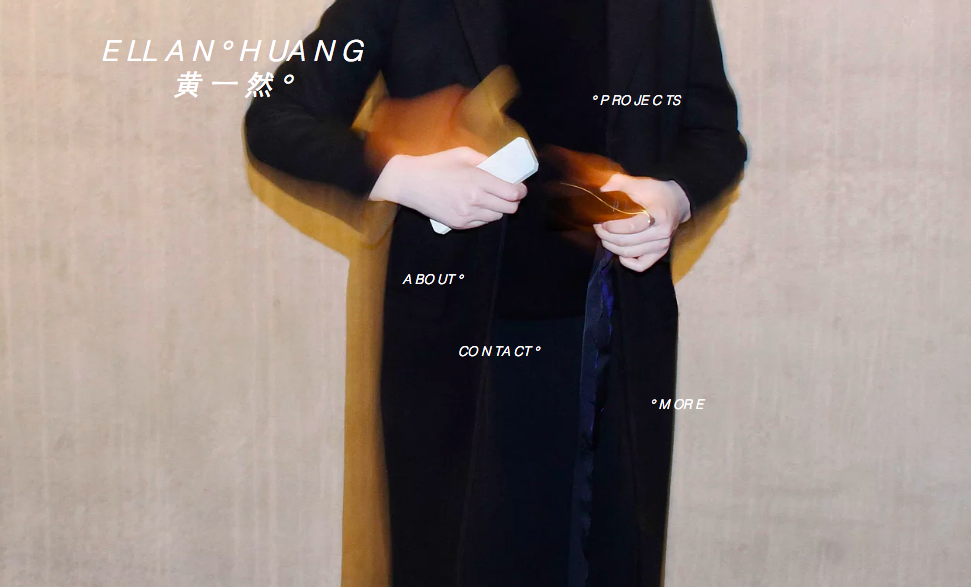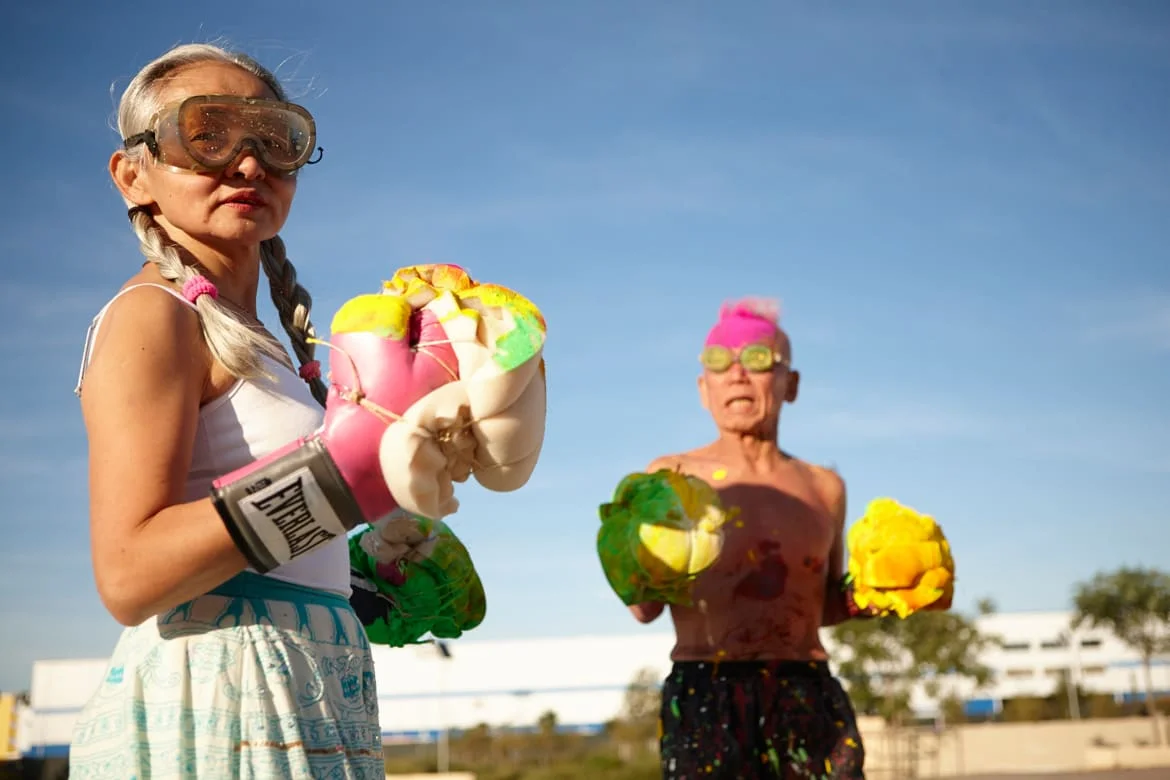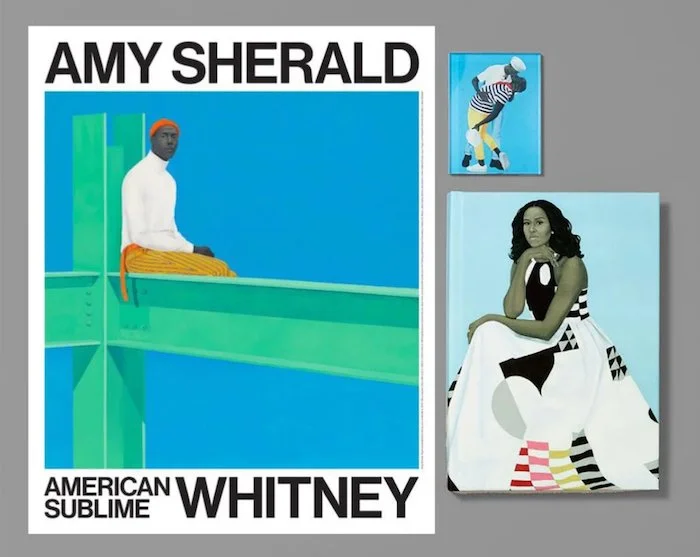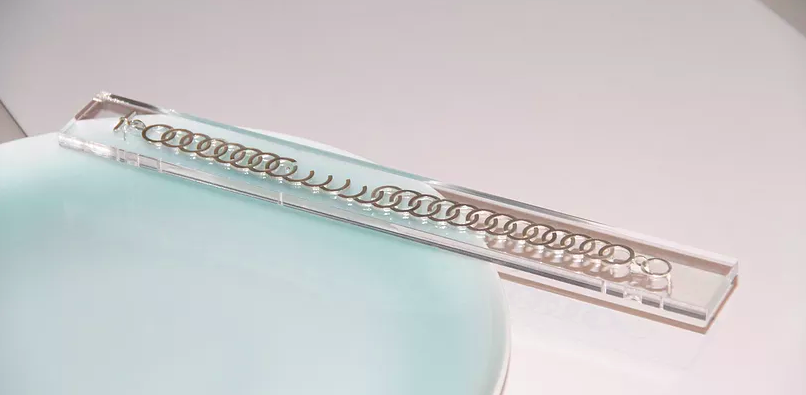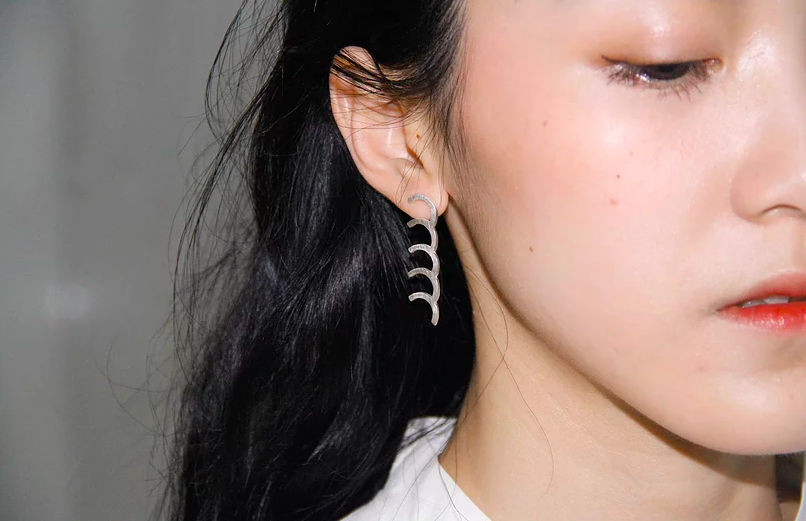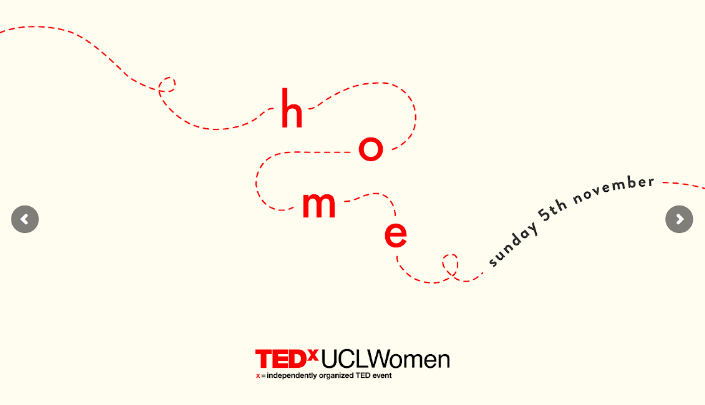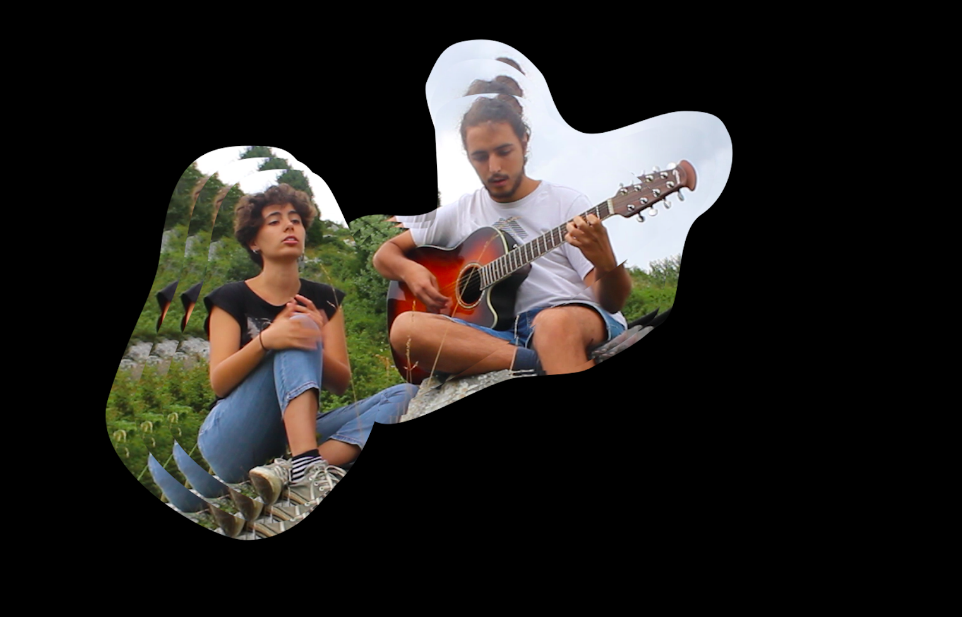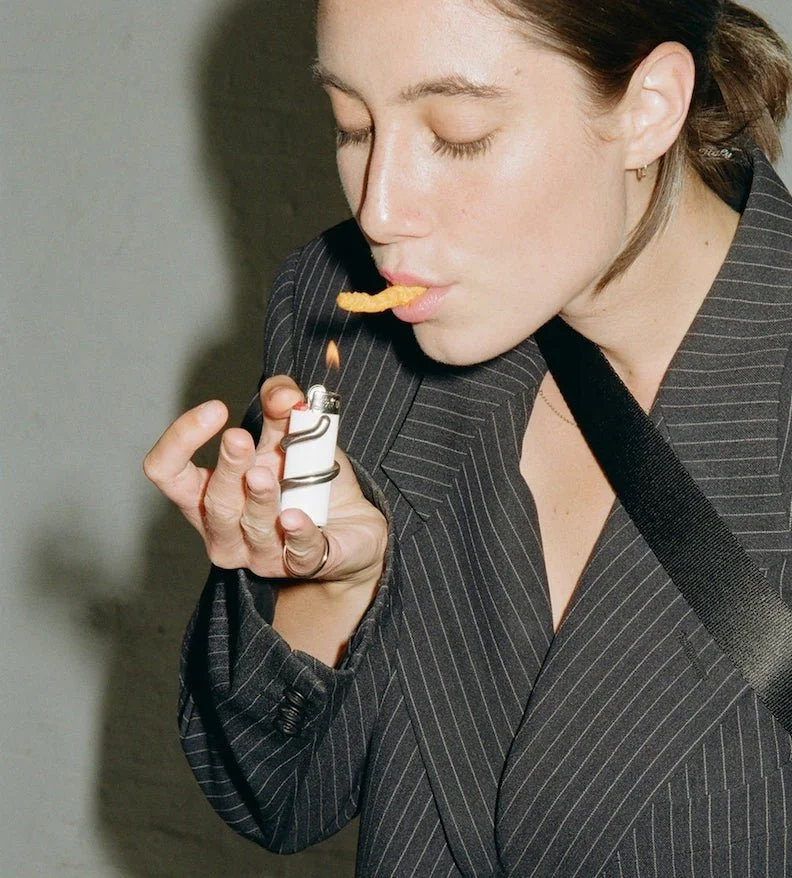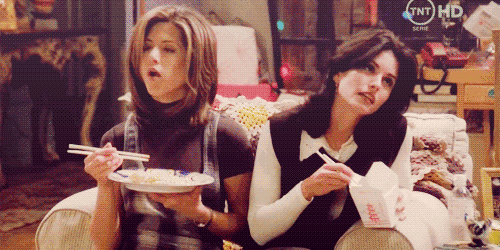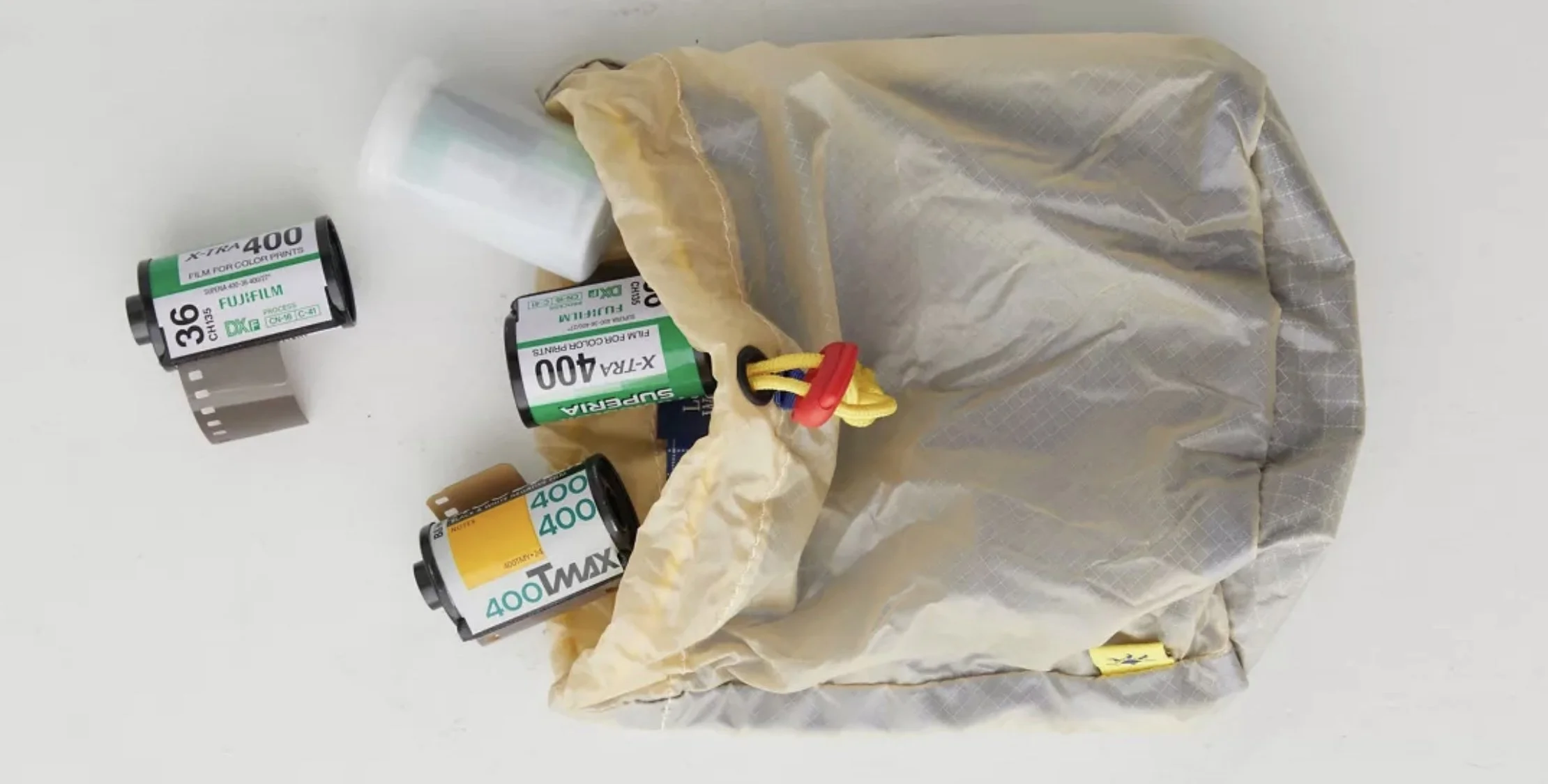Creative 101: The Inbetweeners
photo: Rachel Manning
Written by Elena Chen
We know the artists’ struggle. From the poverty of Van Gogh to the depression of Sylvia Plath, it may be important to consider the relationship between creation and turmoil. Is it this relationship that gives rise to an artist? Is the identity of artist-ness in identifying sickness or artisticness? What is it about being an artist which so defines the role away from other forms of making? How is the chef an artist and the cook not?
It is rather subversive to be a cook who is artful --- display a craftsmanship synonymous to but still somehow subpar to artistry. If skill doesn’t put the ‘art’ in ‘artistry’, what does?
In an attempt to answer these questions I reached out to three artist-not-artists, inbetweeners managing both the creative imperative and less creatively oriented, in hopes of understanding better what makes the artist. It was crucial to have one of the criteria as the conscious effort to maintain this oscillating status in order to ascertain whether the degree of artistic intention defined an artist. There is much admiration to be attributed to the accidental artist. There is much admiration for the mathematician, waitress, and architect, all of whom could be artists, intentional or otherwise. But what is the artist?
“the creative endeavors of “inbetweeners” can be traced to childhood passions that grew with them as they did”
Ellan Huang, 23, Sales Advisor/Jeweler
A Central Saint Martins graduate in Jewellery Design, Huang has spent the last year exploring her options in sales --- now a sales advisor having previously worked at the International Watch Company. When asked about her journey with jewellery she explained how her passion for drawing and her father’s education in product design brought her into the study of jewellery. In fact, similarly with the other interviewees, Rachel Man and Sara Santi, the creative endeavors of “inbetweeners” can be traced to childhood passions that grew with them as they did. But the three years Huang spent solely focused on jewellery left her suffocated and uninspired. She tried to do some independent design work post-graduation and turned to sales shortly afterwards. Now, more than a year on from graduation, she’s designing a collection based on the silhouette of coin foils when she can, in her spare time.
Single Chain Bracelet individual earring by Ellan Huang
For Huang, the “only way to do jewellery in a happy way is just to do it your own way so [she] didn’t want to do it as a job”. She is “passionate about it so [doesn’t] want to hate it, and do it as a job”. There is something in “stepping away [which] gives you another perspective of how things can be”. She recognises the importance of being a part of another world, of the education it has been to work in retail and the introductions it’s offered her. Working in a jewellery sales position meant a way of “experiencing everything jewelry has to offer [beyond] just...jewellery production”. I asked if she saw herself relieving herself of this inbetweener status and focusing again on one thing:
“100% immersion also comes at the cost of finding it difficult to find new perspective...I think ultimately, that could be? Even though I’m enjoying it now, I think I’ve found a balance but this is the journey for me to decide which side I want to choose.”
“Good things take time, I’m okay with being patient for now, I don’t know about the future.”
Rachel Man, 21, Student/Barista/Photographer-Graphic Designer
First photographing at 12, Man is currently finishing a degree in Social Anthropology as a barista with design projects. She is leading the communications team for TEDxUCLWomen 2018, having designed their entire graphic communications package in 2017.
“So I would say I am happy in that in between. I am secure in the fact that I can enjoy and want to do an array of things...And I don’t think that’s going to change because precisely what I want to do is bridge different areas.”
Man sees an element of idealism in blindly pursuing creative passions that are logistically implausible. She calls it a narrative that she herself used to stand opposed to and although she has growingly found more truth to, still feels ambivalence about:
“I’ve yet to make up my mind on where I stand. I’m scared of doing creative projects full time because it’s kind of my escape right now, less graphic design and more so photography. And if it becomes a job, something I have hard deadlines for I’m scared it’ll take me elsewhere.”
Attached to this is the matter of support from her family, who don’t see the arts as “a way that people can put bread on the table”. The internalisation of this perspective may have also played to the doubts she has around technical ability.
“How do I...asking if I have the right is not the right thing to say, but it kind of encapsulates the sentiments… I don’t know if I am able to do this. I’m not trained in this and lots of other people have been. I think there’s a lot of ambiguity in that sense and I am mostly from a social anthropology background...is this something I can do without training?”
She has a deep appreciation for anthropology and the “everyday sensitivity that anthropology primes you for”. In all her reflexivity and amongst the conjured doubt, Man hopes to find the intersection between creativity and anthropology, finding it an impossible choice as “both are so intrinsic to who [she is] as a person.”
I asked her then, how she felt about the line between the artist and the one who has artistry, what was the difference between chef and cook.
“That’s a pretty existential question.” Then she thought about it for a bit.
“I don’t know. I think that question is really..genuinely...the issue? That I have.
That is genuinely the crux of my situation. I think I’m...that’s also why I would never call myself a photographer. For others it would easily roll off their tongues. I’m very hesitant to use that myself. I just say I’m a person that likes taking photos and a person that likes to design. God. I don’t know. This is precisely why I’m in such an in-between position. Because I haven’t really figured out the answer to that. And because I don’t know where I stand I don’t know how to move forward?”
“And I feel that people that do see themselves as artists or chefs, they have no doubt. They have no doubt at all. Not necessarily in their capability but in the fact that that’s what they want to do. And I think I’m in the space where I don’t want to claim a certain title because there’s a lot of expectation in that as well. But at the same time I feel that kind of needs to break down?
So I would say I am happy in that in between. I am secure in the fact that I can enjoy and want to do an array of things...And I don’t think that’s going to change because precisely what I want to do is bridge different areas.”
At which point she raised a point of insight: trying to segregate what belonged to the chef away from the cook and vice versa assumed a condition of mutual exclusivity. How can you be a chef if you aren’t already a cook and how can you be a cook who isn’t primed for the artistry of chefhood?
“Maybe the artist is more limited than the other person because they [don’t] get to put together two aspirations. If you go for the creative you have to give all of yourself, everything you do is for that...You cannot survive in any other way, it would be like be untrue to yourself.”
Sara Santi, 21, Student/Musician
An Italian musician studying Arabic and Hebrew, Santi has sung in the genres of blues
through to jazz and is in the process of co-creating her first album written in both Italian and English. Collaborating with her friend and music producer, Lorenzo Battistel, she is set to release her first single at the end of September. Also the lead singer of Pharmakos, Santi is a full-fledged inbetweener. Her relationship with music started at home; nurtured by her mother, a professional violinist and her father, a man who holds great esteem for music. Over the years there were times her relationship with music was put on hiatus but she plans to pursue it full time after graduation, next summer. In comparison to Huang and Man, Santi appears more definitive in her position on her creative outlet. Being in the world of academia demands for her a resistance to tedium which the world of music relieves her of. She is aware of the idealistic aspect of an artist, of what Man raised her concerns over, but what she feels about the intentional creative pursuit versus the happenstance creative process is clear. About the intentional creative pursuit:
“It’s giving your life to something very idealistic and very...Giving your life to something is different than recognizing those processes in other things that you could do for a living. Because that is something that everyone could do whilst giving your life to something means there’s no other way you can live your life. You’re never going to be happy and satisfied if you don’t give yourself to that.”
She is aware of the degree of self-proclaimed success necessary in taking this position:
“It is presumptuous because I need to suppose I have a kind of talent that allows me to give all of my energy to this but I don’t know. It feels right.”
Posed with the same question of the chef and cook, she says, tentatively:
“I see an artist as an island that separates from the land. Or like a boat that leaves the harbor. While someone who gives their passion on the side --- there’s no judging. It’s just a different way. Maybe the artist is more limited than the other person because they [don’t] get to put together two aspirations. If you go for the creative you have to give all of yourself, everything you do is for that...You cannot survive in any other way, it would be like be untrue to yourself.”
‘To Be Released’ by Sara Santi
In spite of her more concretised answers, Santi insisted on her subjectivity in these definitions. In many ways, she upholds a similar philosophy to Huang and Man: “There’s infinite knowledge in music but there’s also so many other kinds of knowledge and I don’t want to give up on them either.” Towards the end of the interview, her viewpoint seems to become complicated:
“It feels like I’m judging or putting them on inferior but...it’s just difficult...you can say this person is also an artist, I think you can say that. But you need to give it a bit of respect though. People who really just paint as a hobby. It’s complicated. It’s not just a matter of skills. But there are people who are skilled and I wouldn’t call artists. It’s so personal. I say that my friend who made my tattoo is an artist. But he wouldn’t define himself as an artist.”
It is complicated, indeed.
Whilst for Huang and Man the inbetweener status allows them to be who they are, in their answers they see both the chef and cook in themselves. Santi feels the need to dedicate all that she can offer to her music, in a manner of devotion to her artistic cause. “It’s a need that goes beyond the practical convenience of what you’re doing.”
Huang spoke about the chance to learn about what is beyond jewellery, about how her personal designs maintained intimacy precisely because of the fluidity in her commitments. Each commitment is important; and for Man, equally so. Santi, however, expresses an interpretation of this inbetweenness as a compromise.
“At some point you cannot compromise. You cannot compromise with art. It is so sacred you cannot compromise it with anything else. You can do a part time job to survive. But it feels it would be corrupted or ridiculed to put it aside...Once you decide it is important it must be the most important thing. Not in general, for certain people, certain people see it like this.”
I don’t think she meant this in the sense that those who are not committing their every need, want and resource to their artistic calling fail to be artists. Rather, as all three inbetweeners have spoken on, that the subjectivity is complex; involved in defining the artist belongs to the person performing artistic acts and the intention with which such acts are carried out. “It goes back to the state of mind thing, it’s to do with how you think and how you see the world.” (Man).
Whether “the artist defines art or the artistic is defined by art” (Huang), turmoil is of and within the creative struggle. A fight for the outlet, the outlet so subject to its creator. Artist, artistry, artisticness...is it just personal opinion where their differentiations lie? It would be a simplification to define an artist as one who assigns themselves wholly to their art and the artistic as one who executes the artistic process on weekends. Huang, Man and Santi have all struggled and sacrificed for the artistic cause. It is easier to state that those who act artfully embody the artistic endeavor, and all else: the labels of artist or not, chef or cook, belong to the human archive of indecipherable enigmas not yet for us to fully determine. For the answers to what is art and what is definition remain in mysterious allure. What makes the artist cannot be without artistic will: the same will Huang compelled within herself to maintain two “lives”, that drives Man’s mission to find the creatively anthropological, and that with which Santi imagines her future. A lot has been said, not very definitively. I suppose there’s more food for thought, chef or cook.

